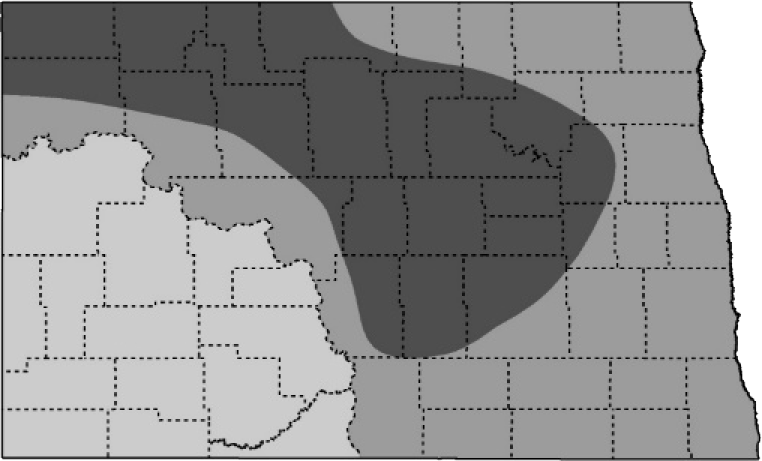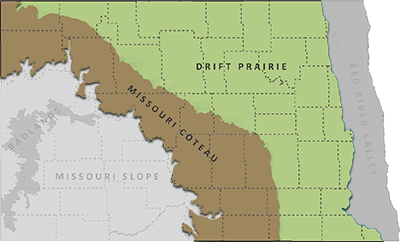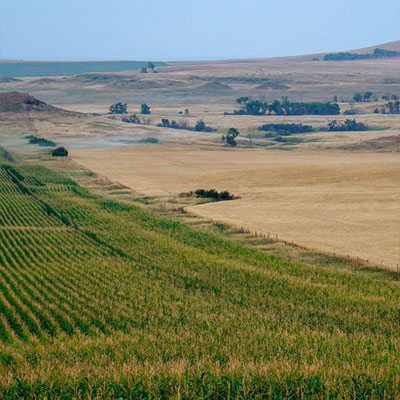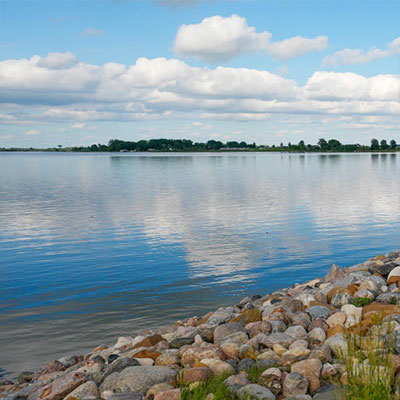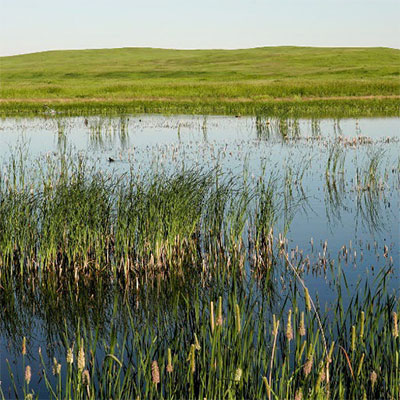Franklin’s Gull
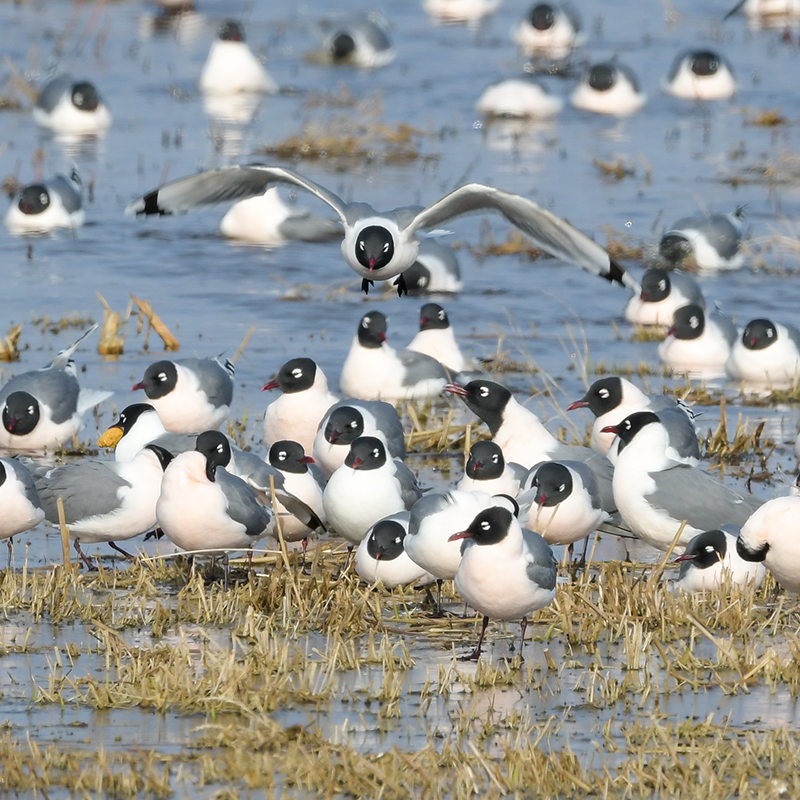
NDGF
L 14.5”, WS 36”, 10 oz. Black head, large white spots on black wing tips, breeding adults have red bill.
Status in North Dakota
Occurs in North Dakota from early April to mid-November. Peak breeding season late May to mid-July.
Reason for SWAP Designation
At-risk, ND range important (SGCN b.).
ND ranks 2nd out of 13 states for highest percent of the global population (8.2%) during the breeding season (eBird).
Large population and large geographic range.
The Franklin’s Gull is stable to increasing but ND has high stewardship responsibility for this species in the Prairie Pothole Region.
ND has several large nesting colonies and is important stopover habitat for migrating gulls.
Threats
Loss and degradation of wetlands, drainage and wetland consolidation.
Hydrologic shifts in wetlands of the PPR due to wetland consolidation and drainage, climate and land use changes (i.e. lakeification).
Classified as climate-threatened, Franklin’s Gull is projected to lose more than half of its current distribution by 2080, with potential net gains of new areas (Audubon).
Increasing applications of agrochemicals and adverse impacts to water quality, the wetland vegetative community, and the aquatic invertebrate community.
More frequent or intense harmful algal blooms.
Aquatic nuisance species spreading and damaging wetland ecosystems.
Colonial waterbirds are highly susceptible to disease such as botulism or avian influenza.
The Franklin’s Gull is sensitive to human disturbance and could abandon a colony if excessive disturbance occurs, particularly during the pre-nesting period.
Mortality from collisions with overhead lines.
Research and Monitoring
Habitat requirements and demographics have been researched.
Additional information is needed on migration and wintering behaviors.
The Breeding Bird Survey, eBird and Partners in Flight Databases are key sources of information on distribution and population trends.
The most recent colonial waterbird inventory in ND was conducted in 2014-2015.
Eight colonies were discovered and ~20,690 breeding pairs were estimated (mean colony size 2,586, range 17- 10,000 pairs).
Management Recommendations
- Protect and conserve wetland complexes.
- Identify and target high priority landscapes, habitats, and staging areas for protection.
- Conserve shallow, working wetlands in cropland.
- Follow aquatic nuisance species rules and regulations.
- Follow beneficial or best practices during the design, siting, construction, operation, and maintenance of tall structures (e.g. transmission lines, communication towers, wind turbines).

